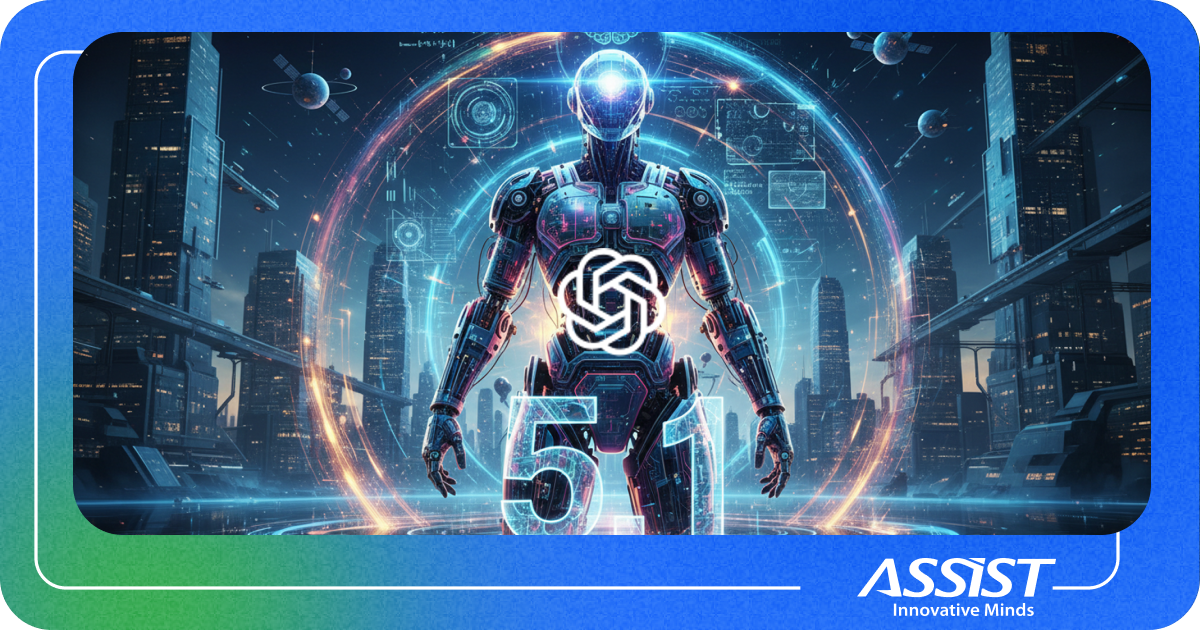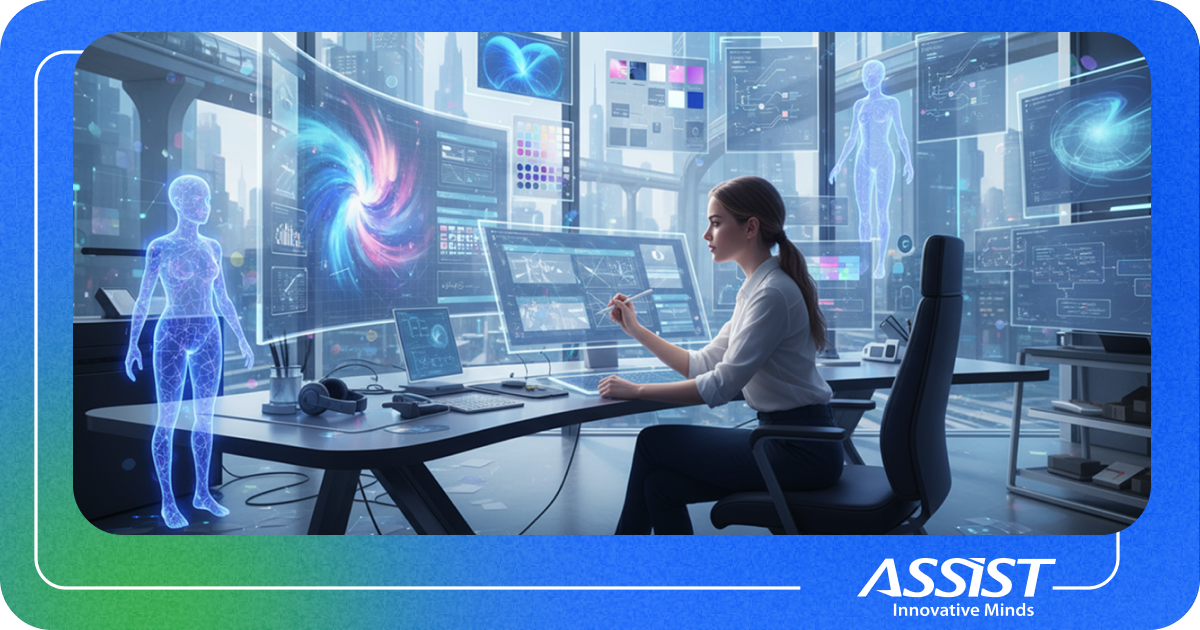Why MLOps Is the Real Game Changer in AI
Data scientists love experimenting; DevOps teams love order. MLOps is what happens when these two worlds finally learn to speak the same language. And in 2025, it’s how serious companies build, deploy, and maintain AI at scale.
Over the last few years, AI innovation has accelerated faster than most organizations could handle. Models became larger, pipelines more complex, and data more fragmented. In the end, most of those “successes” never made it past the pilot stage
This is where MLOps plays its part, turning fragmented AI efforts into a repeatable, reliable process.
What Is MLOps, Really?
MLOps is the discipline that transforms machine learning from a research exercise into a repeatable and scalable process. It defines how AI systems are built, deployed, and maintained, much like DevOps once redefined how software was delivered.
It applies the same principles of automation, version control, and continuous delivery to the world of machine learning, where models evolve as new data arrives.

At its core, MLOps is about connecting three critical layers:
Data pipelines - preparing, validating, and feeding data into models.
Model training and experimentation – tracking every version, parameter, and metric.
Deployment and monitoring – putting models into production and ensuring they perform reliably.
Think of it as the nervous system of an AI organization, a continuous loop where code, data, and models flow seamlessly between teams.
The Pain Points MLOps Solves
The Pain Points MLOps Solves Without MLOps, data science often feels like a lab full of experiments that never leave the whiteboard.
Teams struggle with:
Model versioning chaos – no one knows which model was trained on which dataset.
Reproducibility issues – results can’t be replicated, making debugging nearly impossible.
Deployment friction – handoffs between data scientists and engineers take weeks or months.
Performance drift – once deployed, models degrade silently as data patterns change.
MLOps directly addresses these challenges through automation, visibility, and governance.

It brings discipline to experimentation, ensuring that every model can be tracked, retrained, and rolled back just like any other piece of production software.
At ASSIST Software, we’ve seen this shift firsthand. Projects that once relied on manual scripts and ad-hoc model tracking have evolved into robust, scalable AI systems with automated retraining, monitoring, and continuous integration. That’s the difference between an AI prototype and a production-ready AI solution.
The MLOps Pipeline in Action
An effective MLOps pipeline connects every stage of the AI lifecycle:
Data ingestion and validation – data is automatically pulled, cleaned, and tested for quality.
Experiment tracking – every model version and hyperparameter is logged (e.g., MLflow).
Model packaging and CI/CD – containerization (Docker/Kubernetes) ensure consistent deployment.
Monitoring and feedback loops – live dashboards detect model drift, anomalies, and bias.
This continuous loop enables AI systems to adapt, retraining themselves as new data becomes available, while engineers can focus on innovation rather than firefighting.

Key Tools & Trends in 2025
Emerging trends also indicate a shift toward unified platforms that integrate data engineering, model training, and observability in a single location. Cloud providers now offer robust MLOps solutions such as AWS SageMaker, Azure ML, and Google Vertex AI, which have become central to modern AI infrastructure strategies.
At ASSIST Software, our engineers leverage these leading platforms alongside custom-built automation layers, from cloud orchestration to continuous retraining pipelines, to ensure every AI system we deliver stays accurate, scalable, and ready for what’s next.
MLOps continue to mature as organizations shift from experimentation to large-scale deployment. Some of the tools leading the way include:
MLflow – model tracking and lifecycle management.
Kubeflow – for scalable ML pipelines on Kubernetes.
DVC (Data Version Control) – for dataset and experiment tracking.
Vertex AI and Sagemaker – managed MLOps platforms from Google and AWS.
The New Culture of AI Engineering
Beyond tools and workflows, MLOps is driving a cultural transformation.
It bridges the gap between data scientists, who prioritize experimentation, and DevOps engineers, who prioritize stability and reliability.
In this new culture, collaboration replaces silos:
- Data scientists gain confidence in reproducibility and deployment.
- Engineers gain visibility into model behavior and performance.
- Business leaders gain faster delivery of AI that actually works in production.
MLOps transforms AI from a research effort into an engineering discipline, one that aligns with the reliability, scalability, and security standards of modern software development.

The Evolution of AI Starts with MLOps
The real breakthrough in AI comes from the systems that empower smarter models to perform.
And that’s exactly what MLOps enables.
In the next few years, companies that embrace MLOps will outpace those stuck in prototype limbo.
Because at the end of the day, the future of AI is operational excellence.
If you’re ready to move from prototypes to production, let’s build your MLOps strategy together. Contact ASSIST Software!



